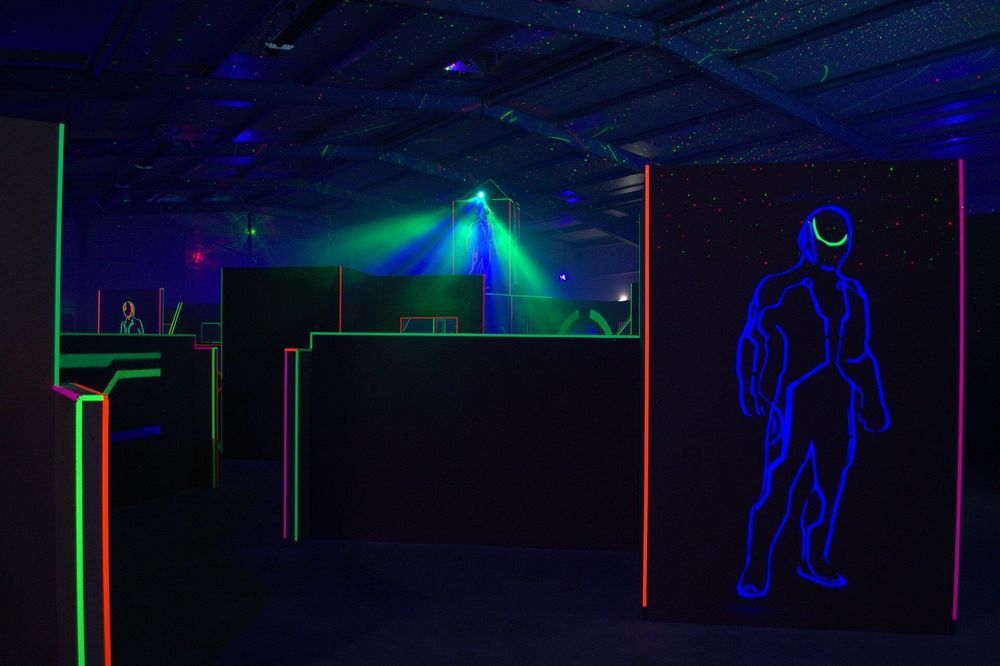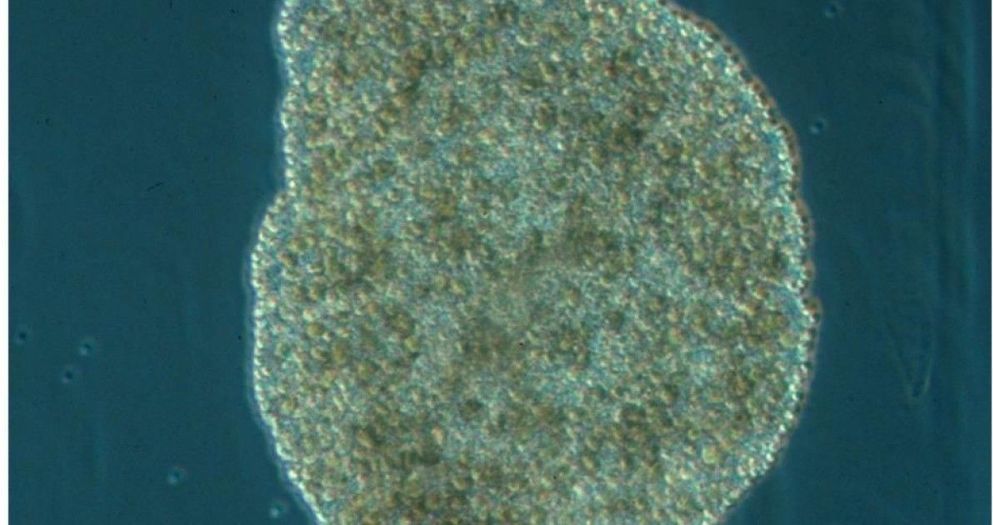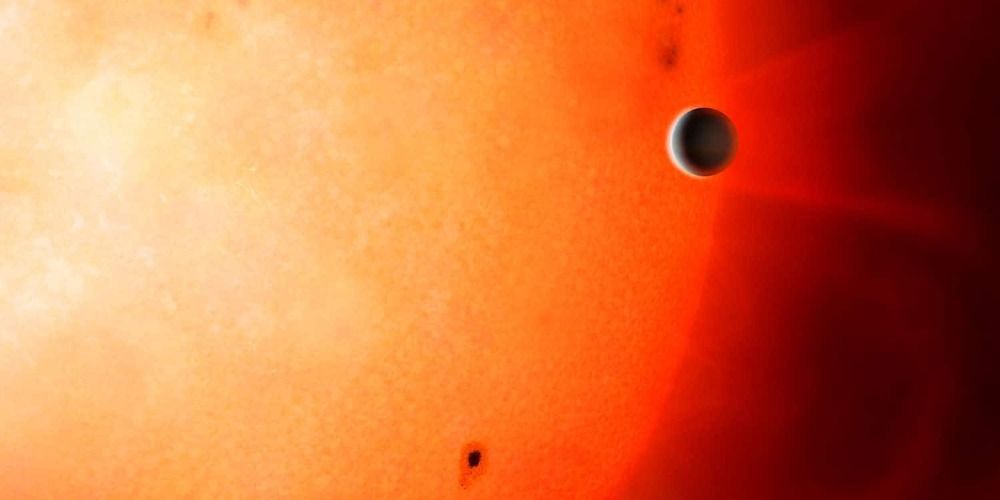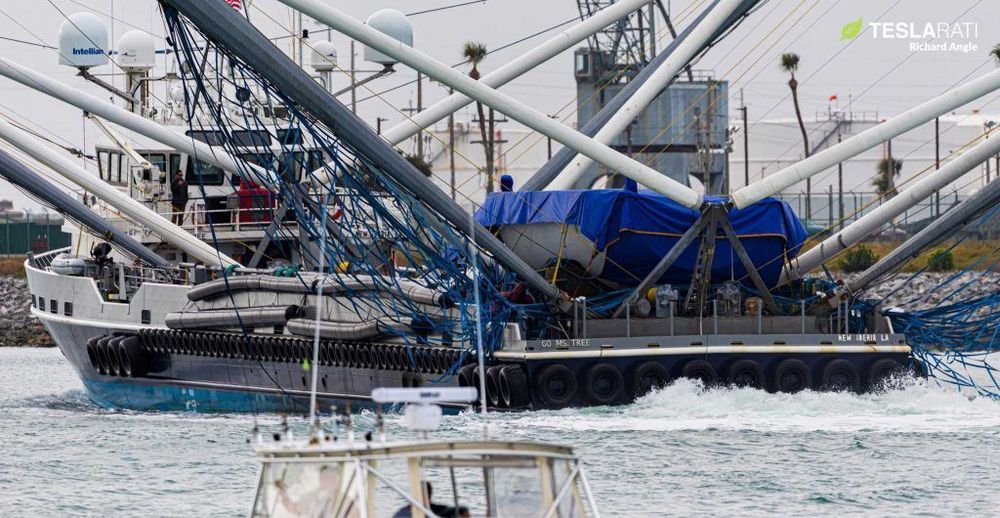They just ordered 248 more of them.





The rise of antibiotic-resistant bacteria presents an ominous threat for humankind, with these so-called superbugs projected to kill millions of people annually by midway through the century. Scientists at the University of Exeter have developed a promising technique that could help us keep these crafty foes in check, by quickly illuminating bacteria when antibiotics have had the desired effect.
Such is the seriousness of superbug dilemma that one UK government report recently found they could kill 10 million people a year by 2050 unless some new solutions are found. These are bacteria that have evolved to become resistant to our very best drugs, and they could possibly cast the world back into the dark ages of medicine if they are simply left to do their thing.
While this resistance occurs naturally as bacteria evolve, one of the major contributing factors to its acceleration is the overuse of antibiotics. Prescribing antibiotics for humans and having them take drugs either for the wrong condition or consume more than they need, creates more opportunities for the bacteria to evolve, ramping up the overall trend.

In a paper that made the cover of the journal Applied Physics Letters, an international team of researchers has demonstrated an innovative technique for increasing the intensity of lasers. This approach, based on the compression of light pulses, would make it possible to reach a threshold intensity for a new type of physics that has never been explored before: quantum electrodynamics phenomena.
Researchers Jean-Claude Kieffer of the Institut national de la recherche scientifique (INRS), E. A. Khazanov of the Institute of Applied Physics of the Russian Academy of Sciences and in France Gérard Mourou, Professor Emeritus of the Ecole Polytechnique, who was awarded the Nobel Prize in Physics in 2018, have chosen another direction to achieve a power of around 1023 watts (W). Rather than increasing the energy of the laser, they decrease the pulse duration to only a few femtoseconds. This would keep the system within a reasonable size and keep operating costs down.
To generate the shortest possible pulse, the researchers are exploiting the effects of non-linear optics. “A laser beam is sent through an extremely thin and perfectly homogeneous glass plate. The particular behavior of the wave inside this solid medium broadens the spectrum and allows for a shorter pulse when it is recompressed at the exit of the plate,” explains Jean-Claude Kieffer, co-author of the study published online on 15 June 2020 in the journal Applied Physics Letters.

Acts of kindness may not be that random after all. Science says being kind pays off.
Research shows that acts of kindness make us feel better and healthier. Kindness is also key to how we evolved and survived as a species, scientists say. We are hard-wired to be kind.
Kindness “is as bred in our bones as our anger or our lust or our grief or as our desire for revenge,” said University of California San Diego psychologist Michael McCullough, author of the forthcoming book “Kindness of Strangers.” It’s also, he said, “the main feature we take for granted.”


Scientists have estimated the mass of the fastest-growing black hole in the universe, and found it is 34 billion times the mass of the sun.

SpaceX has successfully recovered two pairs of Falcon 9 payload fairings (nosecones) – one twice-flown – in one month after twin ships GO Ms. Tree and GO Ms. Chief returned to port on July 2nd.
Around 45 minutes after Falcon 9 B1060 lifted off for the first time with the US military’s third upgraded GPS III satellite in tow and around 40 minutes after the rocket’s payload fairing deployed, both fairing halves gently splashed down in the Atlantic Ocean just a few miles apart. Lacking their main recovery nets in an odd configuration, Ms. Tree and Ms. Chief both fished one half out of the ocean with smaller secondary nets before placing the fairings on their decks for technicians to secure them.
A little more than two weeks prior, both ships were in the midst of recovering the Starlink-8 mission’s twice-flown fairings from the ocean, safely returning them – intact – to shore for the first time since SpaceX began fairing reuse. As SpaceX itself noted at the tail end of its GPS III SV03 webcast, the intact recovery of the mission’s fairing halves all but guarantees that they’ll be reused in the near future.